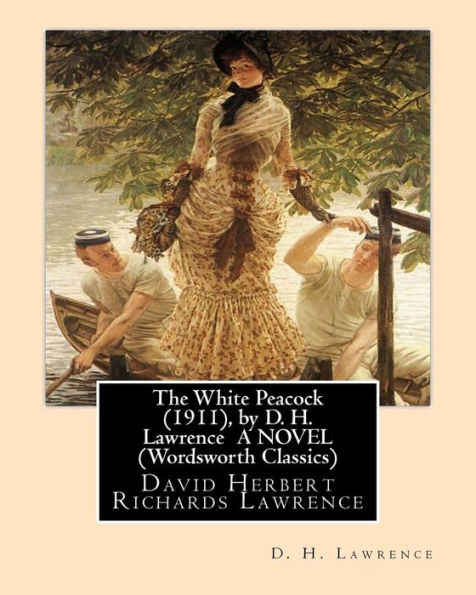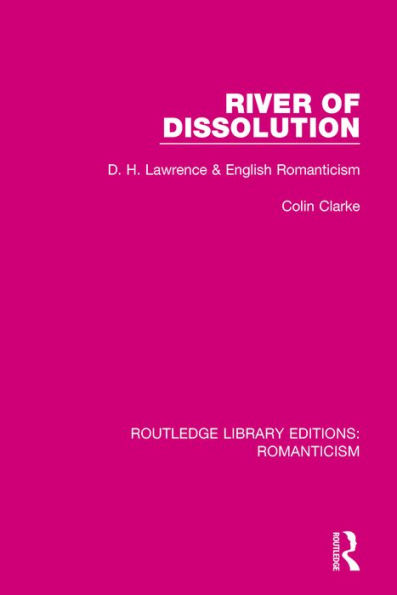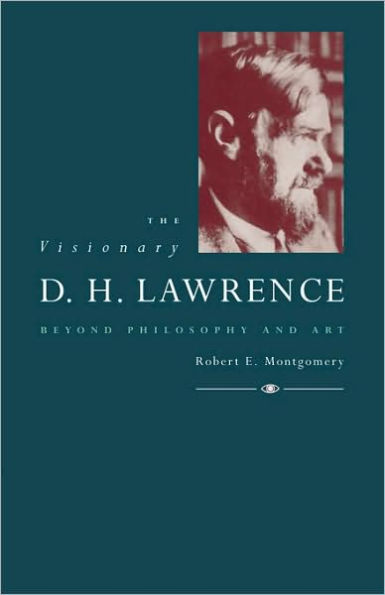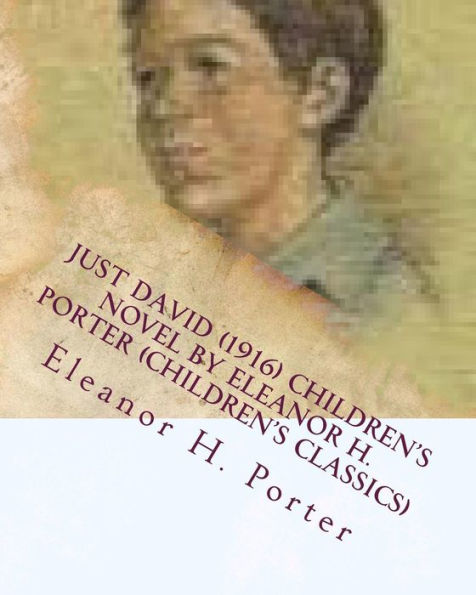Home
The White Peacock (1911), by D. H. Lawrence A NOVEL (Wordsworth Classics): David Herbert Richards Lawrence
Barnes and Noble
The White Peacock (1911), by D. H. Lawrence A NOVEL (Wordsworth Classics): David Herbert Richards Lawrence
Current price: $10.65


Barnes and Noble
The White Peacock (1911), by D. H. Lawrence A NOVEL (Wordsworth Classics): David Herbert Richards Lawrence
Current price: $10.65
Size: OS
Loading Inventory...
*Product information may vary - to confirm product availability, pricing, shipping and return information please contact Barnes and Noble
The White Peacock is the first novel by D. H. Lawrence, published in 1911. Lawrence started the novel in 1906 and then rewrote it three times. The early versions had the working title of Laetitia.Lawrence's first novel is set in the Eastwood area of his youth and is narrated in the first person by a character named Cyril Beardsall. It involves themes such as the damage associated with mismatched marriages, and the border country between town and country. A misanthropic gamekeeper makes an appearance, in some ways the prototype of Mellors in Lawrence's last novel, Lady Chatterley's Lover. The book includes some notable description of nature and the impact of industrialisation on the countryside and the town. Its provincialism may be compared with the novels of George Eliot and Thomas Hardy.The novel is set in Nethermere (fictional name for real-life Eastwood) and is narrated by Cyril Beardsall, whose sister Laetitia (Lettie) is involved in a love triangle with two young men, George and Leslie Temple. She eventually marries Leslie, even though she feels sexually drawn to George. Spurned by Lettie, George marries the conventional Meg. Both his and Lettie's marriages end in unhappiness, as George slides into alcoholism at the novel's close. David Herbert Richards Lawrence (11 September 1885 - 2 March 1930) was an English novelist, poet, playwright, essayist, literary critic and painter who published as D. H. Lawrence. His collected works, among other things, represent an extended reflection upon the dehumanising effects of modernity and industrialisation. In them, some of the issues Lawrence explores are emotional health, vitality, spontaneity and instinct.Lawrence's opinions earned him many enemies and he endured official persecution, censorship, and misrepresentation of his creative work throughout the second half of his life, much of which he spent in a voluntary exile which he called his "savage pilgrimage"At the time of his death, his public reputation was that of a pornographer who had wasted his considerable talents. E. M. Forster, in an obituary notice, challenged this widely held view, describing him as, "The greatest imaginative novelist of our generation."Later, the influential Cambridge critic F. R. Leavis championed both his artistic integrity and his moral seriousness, placing much of Lawrence's fiction within the canonical "great tradition" of the English novel.The fourth child of Arthur John Lawrence, a barely literate miner at Brinsley Colliery, and Lydia (née Beardsall), a former pupil teacher who, owing to her family's financial difficulties, had to do manual work in a lace factory, Lawrence spent his formative years in the coal mining town of Eastwood, Nottinghamshire. The house in which he was born, in Eastwood, 8a Victoria Street, is now the D. H. Lawrence Birthplace Museum.[4] His working-class background and the tensions between his parents provided the raw material for a number of his early works. Lawrence would return to this locality and often wrote about nearby Underwood, calling it; "the country of my heart," as a setting for much of his fiction. Despite common misconception he is not related to T.E. Lawrence....he young Lawrence attended Beauvale Board School (now renamed Greasley Beauvale D. H. Lawrence Primary School in his honour) from 1891 until 1898, becoming the first local pupil to win a County Council scholarship to Nottingham High School in nearby Nottingham. He left in 1901, working for three months as a junior clerk at Haywood's surgical appliances factory, but a severe bout of pneumonia ended this career. During his convalescence he often visited Hagg's Farm, the home of the Chambers family, and began a friendship with Jessie Chambers.












